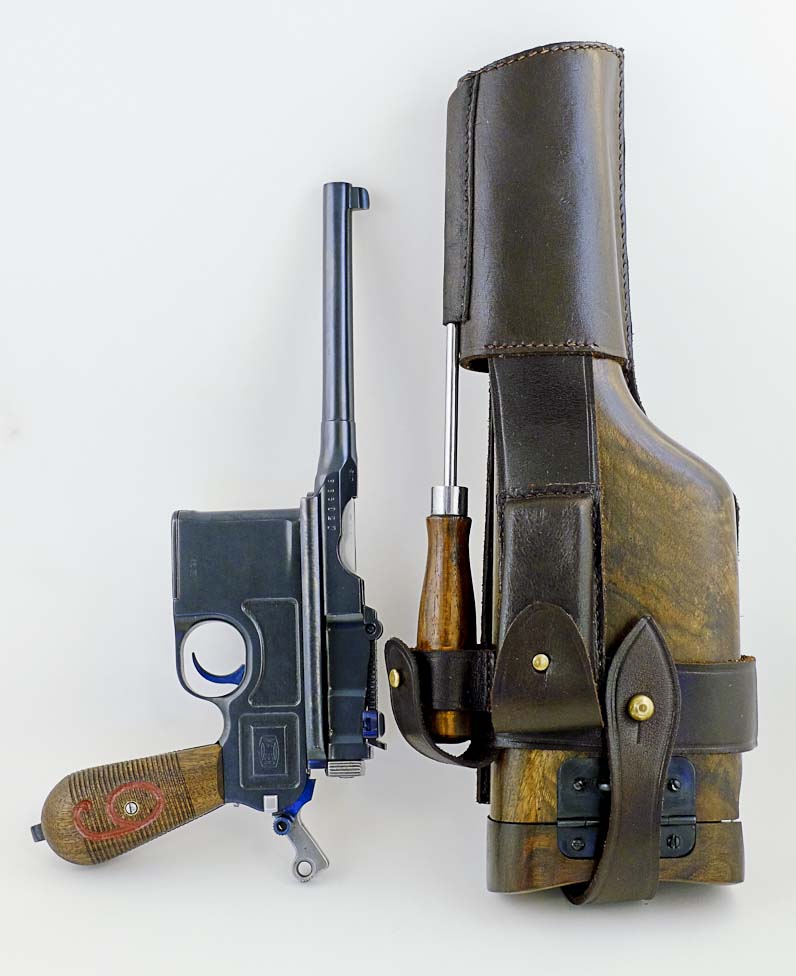
By the onset of World War I, the C96's popularity with the British military had waned. Mauser supplied the C96 to Westley Richards in the UK for resale. The Mauser C96 pistol was extremely popular with British officers at the time, and many purchased it privately.

Within a year of its introduction in 1896, the C96 had been sold to governments and commercially to civilians and individual military officers. Mauser manufactured approximately one million C96 pistols, while the number produced in Spain and China is large but unknown due to poor production records. With its long barrel and high-velocity cartridge, the Mauser C96 had superior range and better penetration than most other pistols of its era the 7.63×25mm Mauser cartridge was the highest-velocity commercially manufactured pistol cartridge until the advent of the. The grip earned the gun the nickname "broomhandle" in the English-speaking world, and in China the C96 was nicknamed the "box cannon" ( Chinese: 盒子炮 pinyin: hézipào) because of its rectangular internal magazine and because it could be holstered in its wooden box-like detachable stock. The distinctive characteristics of the C96 are the integral box magazine in front of the trigger, the long barrel, the wooden shoulder stock, which gives it the stability of a short-barreled rifle and doubles as a holster or carrying case, and a grip shaped like the handle of a broom. Unlicensed copies of the gun were also manufactured in Spain and China in the first half of the 20th century. The Mauser C96 ( Construktion 96) is a semi-automatic pistol that was originally produced by German arms manufacturer Mauser from 1896 to 1937. For the book by Jonathan Ferguson, see The 'Broomhandle' Mauser.


 0 kommentar(er)
0 kommentar(er)
